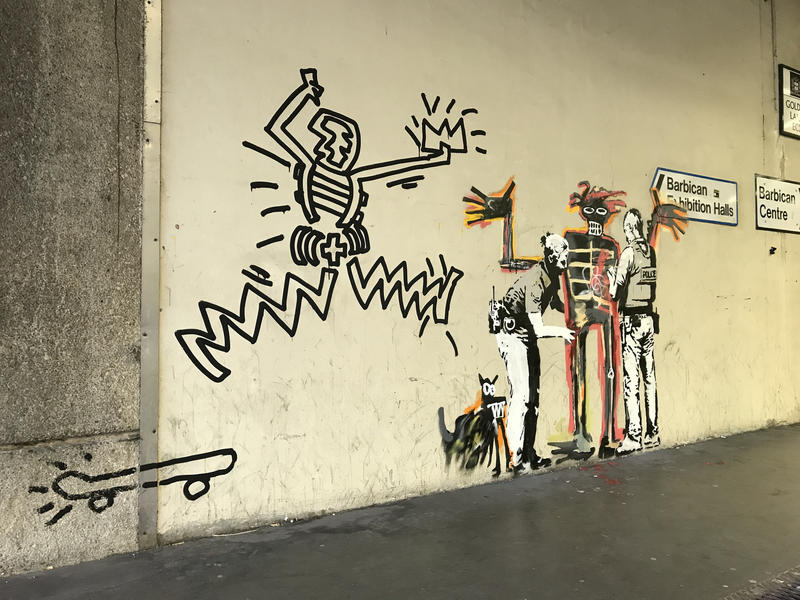Art ranges in price from zero dollars to hundreds of millions of dollars, and a common misconception is that pricing is entirely subjective. In a sense, it is, but—so is food, fashion and music, yet there’s still a general consensus on what defines good quality. Art is no different, but buyers are largely less confident assessing it because they’re not nearly as exposed to art as they are to food, fashion and music.

Jean-Michel Basquiat’s paintings, for example, are some of the most expensive in the world, sometimes selling for over a hundred million dollars. That’s not by accident; the body of educated and respected art world tastemakers has endorsed his work, ultimately driving his market to that level despite what dissenters may think about his graffiti-style work. With all that said, what makes a piece of art good?
Good art is (1) visually compelling and (2) thoughtfully executed. The more art you see, the better you become at determining whether a piece is visually compelling or simply par for the course.
Designers, ask yourselves the following questions to make the first determination:
- Have I ever seen this before?
- Is it interesting?
- Do I want to stare at it for a while?
A piece of art you’ve seen before will not draw your attention—nor inspire a curiosity about its details. Consider standard corporate or doctor’s office art—that frequently means neutral, abstract prints that your eye skips over. In other words, it’s not visually interesting.
Considering whether an artwork is thoughtfully executed requires looking at it and learning the story behind it. The more you do this, the better you become at making a determination. Helpful questions to ask here include:
- What materials did the artist use?
- Why were those materials selected?
- What process did the artist follow?
- Why did the artist make this?
Importantly, the credentials above—being visually compelling and thoughtfully executed—should be considered in tandem to create an informed opinion. There are plenty of artworks—consider plain white canvases by Robert Ryman—that may not be visually compelling (at least upon a first glance) but the thought behind the execution is impressive. Likewise, some art may offer a new visual experience, but was created quickly on the floor with low-grade house paint (shout-out to Jackson Pollock).
So this is how people are able to say with conviction that a particular piece is excellent or not (and why others nod in agreement without knowing why). Now you can join the party and have an informed opinion too.
Katharine Earnhardt is the president and founder of Mason Lane Art Advisory, a Brooklyn firm that styles walls nationwide.




























